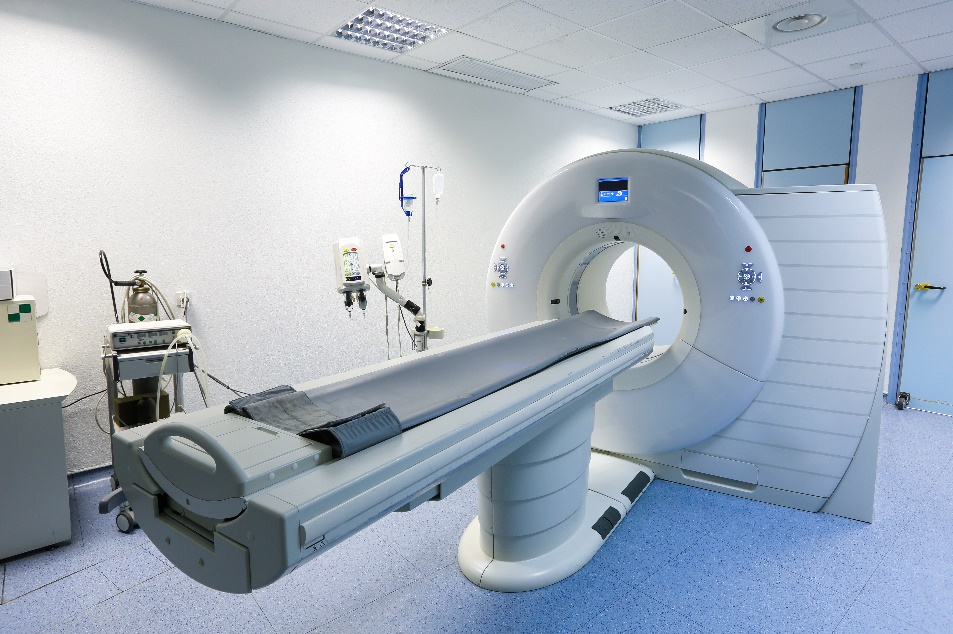Critical Illness Costs Compared for Various CI Insurance Types
What is Critical Illness Insurance
 Critical illnesses such as cancer, heart disease, and strokes are increasingly common, affecting millions of people worldwide each year. These conditions can have devastating effects on individuals and their families, often leading to significant medical expenses and lifestyle changes. The likelihood of developing a critical illness can depend on various factors, including age, genetics, and lifestyle choices, making it a concern for many. For instance, a person with a family history of heart disease may be more prone to developing heart-related conditions, while someone with certain lifestyle habits, like smoking, might be at higher risk for lung cancer.
Critical illnesses such as cancer, heart disease, and strokes are increasingly common, affecting millions of people worldwide each year. These conditions can have devastating effects on individuals and their families, often leading to significant medical expenses and lifestyle changes. The likelihood of developing a critical illness can depend on various factors, including age, genetics, and lifestyle choices, making it a concern for many. For instance, a person with a family history of heart disease may be more prone to developing heart-related conditions, while someone with certain lifestyle habits, like smoking, might be at higher risk for lung cancer.
Critical Illness Insurance is designed to provide financial support in the event of such a diagnosis. This insurance policy offers a one-time lump sum payment upon the diagnosis of a covered illness, following the completion of a waiting period. Unlike Disability Insurance, which replaces lost income, Critical Illness Insurance allows the policyholder to use the funds at their discretion. Whether it’s paying for treatment, making necessary home adjustments, or covering everyday expenses, this flexibility ensures that individuals can focus on their recovery without the added stress of financial burdens.
Coverage limits for Critical Illness Insurance can vary, with policies typically offering up to $2,000,000 in coverage. However, this amount can be adjusted based on the individual’s income and specific needs. It’s important for policyholders to understand the extent of their coverage and how it aligns with their financial situation. Additionally, while the premiums for these policies are not tax-deductible for individuals, employers can deduct the cost if the insurance is provided as part of an employee benefit package. Moreover, the lump sum benefits received from the policy are generally not taxable, whether the policy is personally owned or provided through an employer.
What types of Critical Illness Insurance policies exist
Basic Critical Illness Insurance: 4-Illnesses coverage
Basic Critical Illness Insurance typically covers four of the most common and severe conditions in Canada: Cancer (life-threatening), Coronary Artery Bypass Surgery, Heart Attack, and Stroke (cerebrovascular accident). These illnesses are among the leading causes of severe health issues in the country, and they represent a significant portion of critical illness claims. In Canada, cancer is the most frequently claimed condition, accounting for nearly 70% of all critical illness insurance claims. Heart attack and stroke are also prevalent, with cardiovascular diseases, including heart attack and stroke, being responsible for over 27% of all deaths in Canada. Together, these four conditions constitute the majority of claims, highlighting their critical importance in any basic Critical Illness Insurance policy.
The high incidence of these conditions in Canada underscores the necessity for adequate insurance coverage. Heart disease and stroke are leading causes of hospitalization and long-term disability, affecting tens of thousands of Canadians each year. Meanwhile, cancer remains a significant health concern, with approximately 2 in 5 Canadians expected to develop cancer in their lifetime. By focusing on these four critical illnesses, basic Critical Illness Insurance ensures that policyholders in Canada are protected against the most common and financially burdensome health crises they are likely to encounter.
|
4 Critical Illnesses covered |
|||
|
1. Cancer (life-threatening) |
2. Coronary artery bypass surgery |
3. Heart attack |
4. Stroke (cerebrovascular accident) |
Critical Illness Insurance: 20+ Illnesses coverage
Enhanced Critical Illness Insurance offers more comprehensive coverage by including up to 26 critical illnesses, extending beyond the basic four of Cancer, Coronary Artery Bypass Surgery, Heart Attack, and Stroke. This expanded coverage addresses a broader range of serious health conditions, such as Multiple Sclerosis, major organ transplants, Parkinson’s disease, and severe burns, among others. In Canada, where the prevalence of various critical illnesses is significant, this enhanced coverage provides greater security and peace of mind. For example, while cancer, heart attack, and stroke remain the most common, conditions like Multiple Sclerosis and major organ transplants, though less frequent, can still have a devastating impact on individuals and families.
The inclusion of these additional illnesses reflects the reality that health risks are varied and unpredictable. With enhanced Critical Illness Insurance, Canadians can be better protected against a wider array of potential health crises. This broader coverage ensures that individuals are not only shielded from the financial burden associated with the most common conditions but also from less frequent yet equally severe illnesses. By covering up to 26 critical illnesses, this insurance offers a more robust safety net, helping policyholders manage the unexpected costs and life changes that come with serious health diagnoses.
|
25 Critical Illnesses covered |
|||
|
1. Cancer (life-threatening) |
2. Coronary artery bypass surgery |
3. Heart attack |
4. Stroke (cerebrovascular accident) |
|
5. Aortic Surgery |
6. Aplastic Anaemia |
7. Bacterial Meningitis |
8. Benign Brain Tumour |
|
9. Blindness |
10. Coma |
11. Deafness |
12. Dementia including Alzheimer’s Disease |
|
13. Heart Valve Replacement or Repair |
14. Kidney Failure |
15. Loss of Independent Existence |
16. Loss of Limbs |
|
17. Loss of Speech |
18. Major Organ Failure on Waiting List |
19. Major Organ Transplant |
20. Motor Neuron Disease |
|
21. Multiple Sclerosis |
22. Occupational HIV Infection |
23. Paralysis |
24. Parkinson’s Disease and Specified Atypical Parkinsonian Disorders |
|
25. Severe Burns |
|
|
|
No Medical Critical Illness Insurance
No Medical Critical Illness Insurance is a type of policy that does not require applicants to undergo a medical exam or provide detailed health information during the application process.
This option is ideal for individuals who may have pre-existing health conditions, those who find traditional underwriting processes challenging, or those seeking quick and straightforward coverage. One of the key advantages of no medical critical illness insurance is its accessibility, making it easier for people with health issues or those who need coverage urgently to obtain protection.
However, this convenience often comes with higher premiums and may offer lower coverage limits compared to policies that require medical underwriting. Additionally, the range of covered illnesses might be more limited, and there could be stricter exclusions or waiting periods. Despite these potential drawbacks, no medical critical illness insurance provides a valuable option for those who might otherwise struggle to secure coverage.
Critical Illness Costs Compared
When comparing Critical Illness (CI) insurance rates for mid-aged office employees, both male and female, with very low-risk jobs, insurers typically assess several factors to determine premiums. For these individuals, we’re looking at coverage limits of $300,000, which provides substantial financial protection. Given their low-risk occupation and age, they generally benefit from lower rates.
However, the type of policy—basic or enhanced—also influences the cost. Basic policies, covering only 4 critical illnesses like cancer, heart attack, stroke, and coronary artery bypass surgery, tend to be more affordable. In contrast, enhanced policies that cover up to 24 critical illnesses, including conditions like Multiple Sclerosis and major organ transplants, usually come with higher premiums due to the broader scope of coverage.
Despite these differences, both options offer valuable protection, with the choice between them depending on individual health concerns and financial priorities.
|
Male applicant |
Female applicant |
|
|
Basic Critical Illness policy that covers 4 Critical Illnesses |
$195/month |
$210/month |
|
Enhanced or Traditional Critical Illness policy covering 24 illnesses |
$205/month |
$230/month |
Looking for the best Critical Illness insurance coverage?
Working with an experienced insurance broker is essential when choosing Critical Illness Insurance. A knowledgeable broker can compare policies from multiple companies, helping you find the best fit for your needs.
Our brokers specialize in Critical Illness Insurance. They provide personalized guidance, ensuring you receive the coverage that aligns with your unique situation.
To explore your options, complete the quote form on this page for a free assessment. This no-obligation chat with a broker offers valuable insights, helping you make informed decisions about your insurance coverage.



